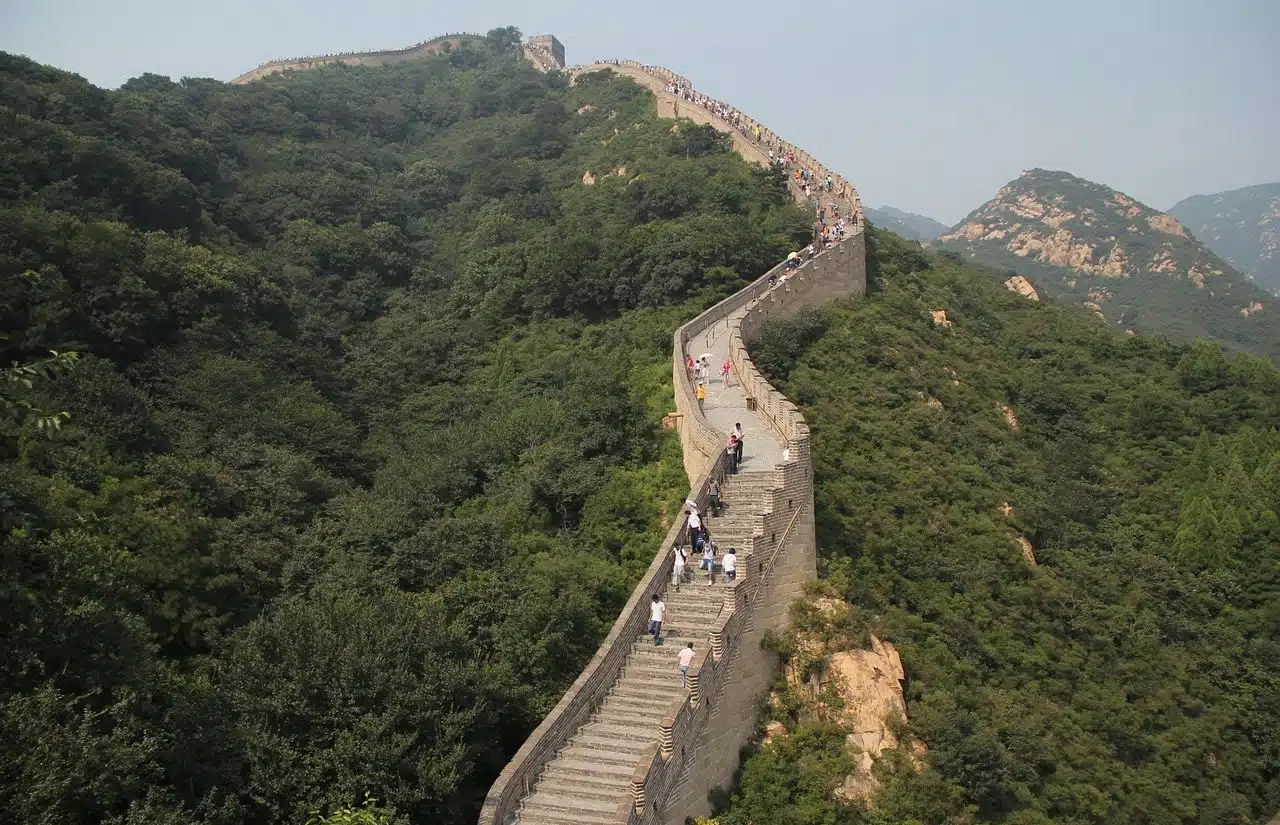
A wall is a wall that is raised to protect a territory or a certain space.
A wall is a wall that is built for defensive purposes . Its objective is to protect a specific space or territory.
For example: “The last emperor of this dynasty was the one who decided to build a wall to protect the fertile lands of the region” , “To protect the castle, the king built a wall three meters high” , “They say that this wall can seen from the moon.”
Utility of a wall
Walls serve to isolate a population , separate territories or close a site. This type of wall also allows you to establish a limit or border . It is usually built with rocks and bricks, which are very resistant materials.
The idea of the wall is that it becomes a barrier that is impossible to cross. The walls, in this sense, have few spaces enabled for passage ( portals ) and may also include watchtowers , in case an intruder tries to climb them.
Its importance in the Middle Ages
During the Middle Ages, the massive use of walls to surround castles took place, with the clear objective of being able to protect these buildings, in which members of royalty, aristocrats and lords of different lineages used to live.
In order to increase the service of these defensive constructions, it was common for them to be complemented with towers , from which the arrival of enemies could be seen, as well as moats and drawbridges , to make access for attackers significantly more difficult.

The Chinese Wall is the most famous construction of this type.
The Chinese Wall
The Chinese Wall is possibly the best-known wall in the world. It began to be built in the 5th century BC. C. and is part of the UNESCO World Heritage List. This wall was intended to protect the northern region of the Chinese Empire .
It is said that the Chinese Wall once had nearly a million soldiers dedicated to its guard. Its extension exceeds 8,800 kilometers , with an average height of about six meters. Currently about 30% of its structure is preserved.
The case of Ávila (Spain)
One of the cities that has managed to maintain a wall that was responsible for protecting it over the years is the Spanish city of Ávila . Thus, whoever visits today has the opportunity to see that military fence, which is listed as a World Heritage Site .
It surrounds what is the historic center, it has become a symbol of the city and has a perimeter of 2,516 meters, which includes 2,500 battlements and 88 towers. It also stands out for its 12 meters high and 3 meters wide. All this without forgetting that it has a total of nine doors: Puerta del Mercado Grande, Puerta de San Vicente, Puerta de la Cárcel, Puerta de la Santa, Puerta del Puente, Puerta de la Catedral, El Arco del Mariscal, Puerta de la Bad Bliss and the Gate of the Star .
Walls in other regions
Córdoba, Granada, Gerona, Jaén, Valladolid y Salamanca son otras de las ciudades españolas que también cuentan en la actualidad con antiguas murallas.
Another historic wall is Hadrian's Wall , built by the Romans on what is now the Island of Great Britain . Its construction began in the year 122 and lasted for a decade.
